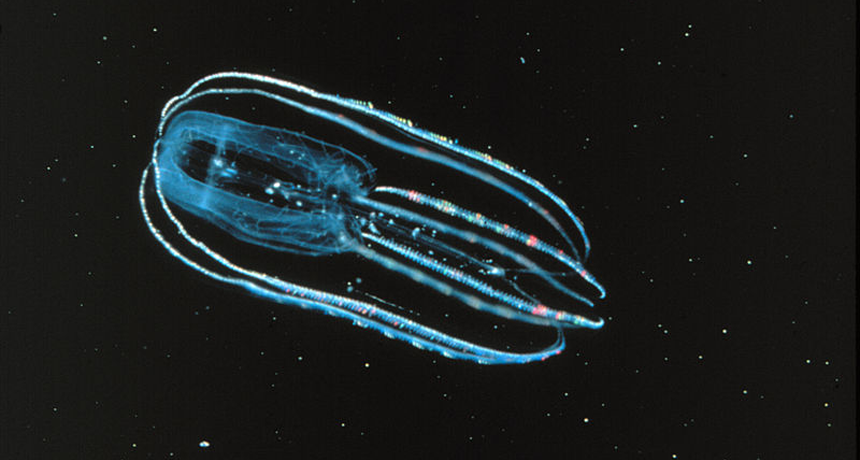Glowing, gutsy hitchhikers
Bacteria glow to get across the ocean inside animals’ guts

Many organisms, from bacteria to fireflies to this deep-sea creature, emit light from chemical reactions inside the body. Scientists recently showed that animals are attracted to the light, gobbling up glowing bacteria that hitchhike around the ocean in the animal’s guts.
NOAA







